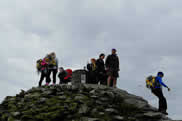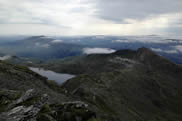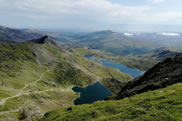The August Bank Holiday weekend saw a Post 16 Gold DofE expedition head off to the mountains of Snowdonia in North Wales.
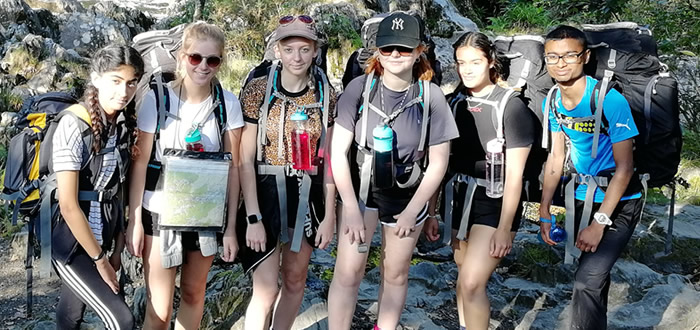
The August Bank Holiday weekend saw a Post 16 Gold DofE expedition head off to the mountains of Snowdonia in North Wales. This was their qualifying expedition, having completed their practice at Easter in the Lake District. Unusually for Snowdonia, the weather was warm and sunny and the team were in excellent spirits. All DofE expeditions must have an aim, and this team were investigating the massive shift from the industrial slate quarrying synonymous with North Wales to the modern-day focus on tourism.
They departed from the Pont-y-Pair falls in Betws-y-Coed on the Sunday morning, journeying gently through the valleys towards the high mountains of the Glyderau. Conditions were hot and proved slow going, but the team finally arrived at Gwern Gof Isaf campsite at the foot of the iconic Tryfan. After a midge-infested night, the team set off for a high mountain day, travelling first around the mountain lake of Cwm Idwal, before heading up the notoriously rocky Devil's Kitchen to the high Glyderau plateau. A long and steep descent brought the group to the foot of the Llanberis Pass, to their campsite at Nant Peris. A mercifully midge-free night left the team well rested for the mountain day to follow.
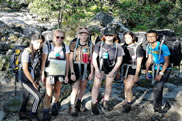
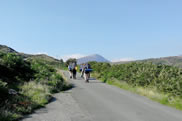
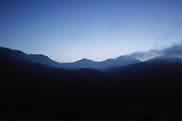
Being keen to investigate tourism, the team had planned to begin their expedition at the summit of Snowdon, having travelled to the top via the mountain railway. Bank holiday crowds meant that tickets were not available until Tuesday, so a rearrangement of days was necessary. The summit of Snowdon was spectacular, with a temperature inversion meaning that the group were above the clouds. After a diversion to Garnedd Ugain at the end of the Crib Goch ridge, the group set off down the Ranger path away from the crowds, before turning off and heading for the village of Llanberis and their campsite for the night.
The final day brought a rainy morning and a walk around the slate quarries of Dinorwig and Llanberis, looking at the remnants of a once proud industry employing over 3000 men and children before its gates closed for the final time. The quarry is now the site of the National Slate Museum, and the group spent a couple of hours investigating the lives of those who worked in the quarries. It is once said that Wales "roofed the world" with Dinorwig and Penryn being the most productive slate quarries in the world, but 200 years of production ended in 1969 and a whole community was changed forever.
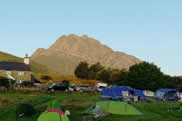
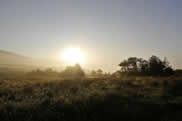
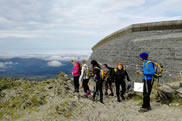
This was a fantastic expedition for the students, ably supported by Mr Soochit, Mrs Creasey and Mr Bede. Congratulations to all involved, you should be hugely proud of yourselves, we are!
